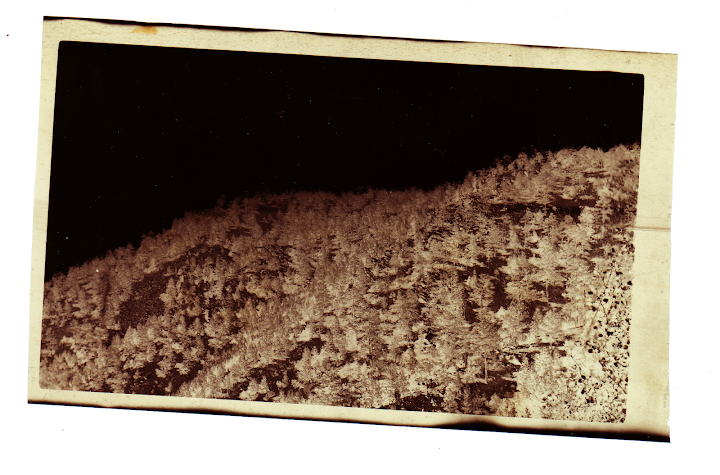I haven't finished anything recently, but that certainly doesn't mean I haven't advanced. I have a sort of book-exploration thing I'm working on, involving such delightful things as mirror poems and inter-language homographs. I've stolen most of the plot and characters from my dreams, which is how I'm getting around my general failure at writing fiction. :)
This is also an excuse to work up a bunch of interesting material. Here are some practice pages from almost a year ago now, when I was being all inspired by old manuscripts (I was taking a Medieval Spanish/Arabic literature course at the time):

(Text is Mazlaani, my constructed language.)

(Text is English, written in... well, I don't think we need to give that away. It's a bunch of quotations I like, from a variety of sources.)

(Basically the same thing.)
Here's a chord wheel for transposition and whatnot; there's some kind of book out there, but the author's wheel makes no sense to me. This is what does. It's a bit janky, visually, but it flows in a logical fashion: you start in the center, and go out to see what chords line up harmonically. If your song uses the first and fourth boxes in a radius, they'll be the same interval apart but in a different key for each other radius. It progresses like cello/viola/violin strings: 7 semitones apart, ascending clockwise. I use this because I'm lazy and find complex chords intimidating.













